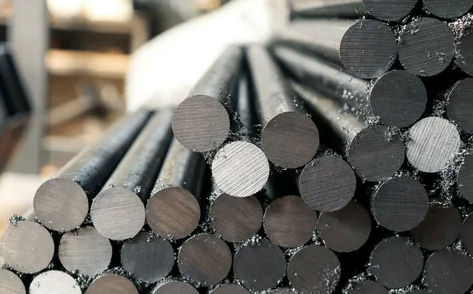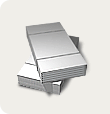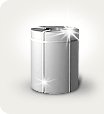ICRA, in its latest steel sector survey, said that industry revenues are expected to decline from the current quarter, third quarter of fiscal year 2022, with higher operating costs, especially for coking coal, reflected in the profit or loss of steel companies after a sharp rise in spot prices. to record levels. Domestic steel prices continue to decline from their highs in the second quarter, which will also negatively affect the industry's profitability. However, absolute industry profitability will remain healthy for the next twelve months, prompting the ratings agency to maintain a "positive" outlook for the industry.
During the last quarter, the second quarter of fiscal 2022, despite a consistent decline in steel spreads due to cost pressures, the domestic steel industry was able to post another record high quarterly profit, driven mainly by higher supplies following a rebound in economic activity after the second quarter. ... wave. The pressure on production costs for domestic mills may ease slightly towards the end of the fourth fiscal quarter of 2022, as sea coking coal prices are down 20% from their mid-November 2021 highs. from 2-3 months
Building on this, Mr. Jayantha Roy, Senior Vice President and Leader of the Corporate Sector Ratings Group, ICRA, said: “Our calculations show that the cost of coking coal consumption is expected to increase sequentially by about 65-70% in the third quarter. ... While iron ore prices are declining, they will not be able to fully offset the surge in coking coal prices. On the sales side, given the correction in Chinese export bids, domestic steel prices have corrected over the past two weeks. Therefore, we believe that gross spreads for the primary steel producer, which is dependent on market purchases of raw materials, will consistently decline by about 10% in the current quarter, and the industry's profit in the third quarter will be below the maximum level. achieved in the second quarter of fiscal 2022 ”.
While China led the first phase of the recovery in global steel markets through FY2021, sustaining the upward cycle in the second phase in the future will depend on a healthy momentum in demand outside of China. The latest short-term forecast by the World Steel Association predicts a strong rebound in steel demand in steel markets outside of China in India, Japan, South Korea, the United States, Europe and the CIS in 2021 and 2022, driven by higher vaccination rates and government fiscal stimulus measures.
The recovery in Indian demand after the rainy season is showing positive signs, with monthly consumption of finished steel in October 2021 hitting a seven-month high of 8.8 Mt (t), representing a sequential increase of about 7% over the previous month. However, if the rapid proliferation of the Omicron variant results in an unanticipated disruption to economic activity in key steelmaking centers, as mentioned above, then the industry could see an accelerated return to average spreads in fiscal 2023, much earlier. than expected today. This remains a key risk that may well determine the longevity of the current upcycle.
After the metallurgy collapse in FY16 and a prolonged recession that lasted for several years, both lenders and steel mills have become wary of new investment projects. During the 2017-2021 fiscal year, the average annual capital expenditure of listed steel companies [1] was less than half (~ 42%) of the average annual capital expenditure in the previous five-year period from 2012 to 2016 fiscal years. However, after an eight-year hiatus, when capacity utilization in the industry reaches 80% again in FY2023, new investment activity has recovered as lenders revise their negative list for sectors following a sharp rise in steel company earnings.
“Unlike the last few years, when only 4-5 leading players made the bulk of new investments, this time we see that even smaller steel companies are considering investing in new projects, as banks are ready to provide new lending. In fiscal 2022, we estimate that capex of listed steel companies is expected to increase by about 70% over the prior year, albeit on a lower base. This upward trend in new investment activity will continue into FY2023, when the industry is expected to report annual capital growth.
Steel company revenues will start to fall from the third quarter of fiscal year 2022

|
|
Azovpromstal® 12 January 2022 г. 10:29 |





